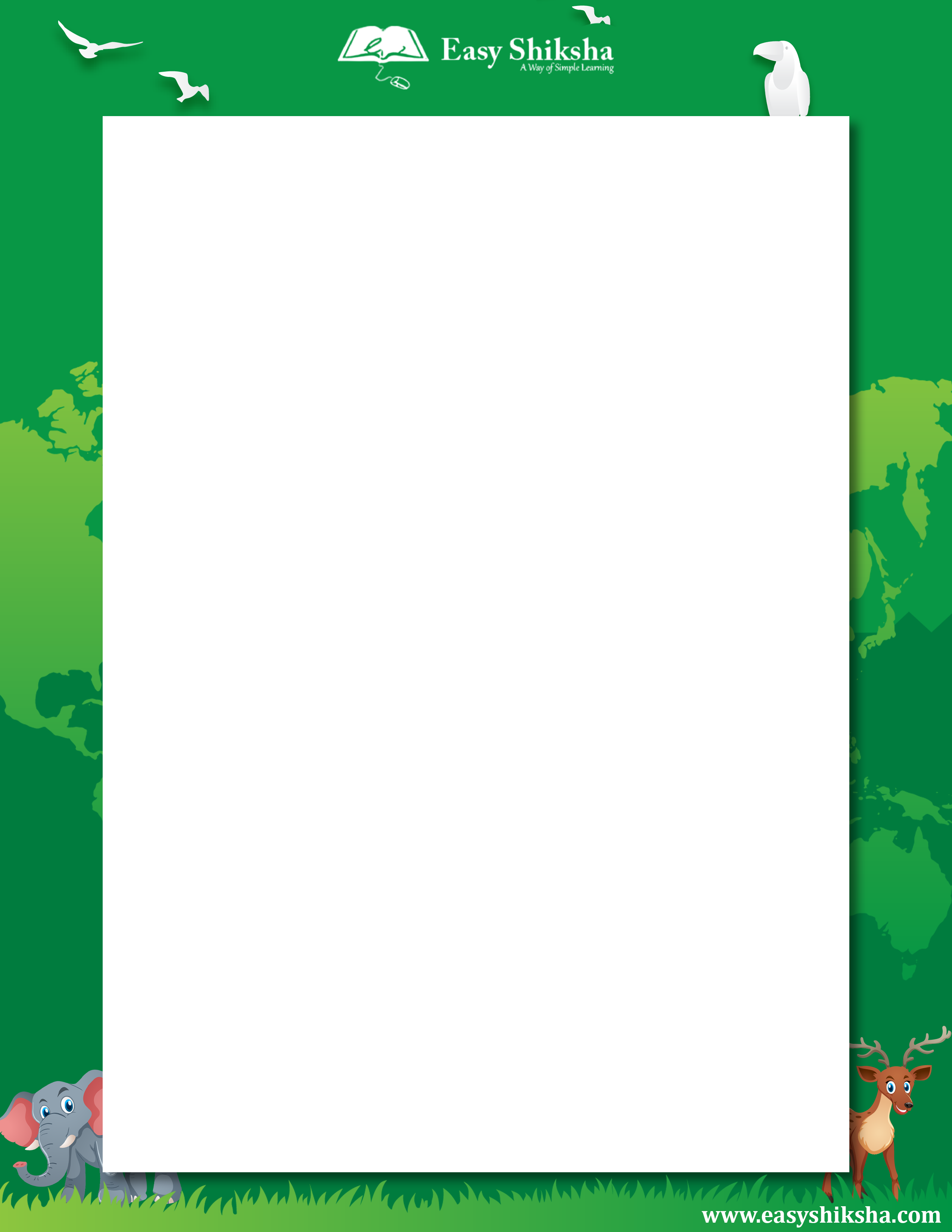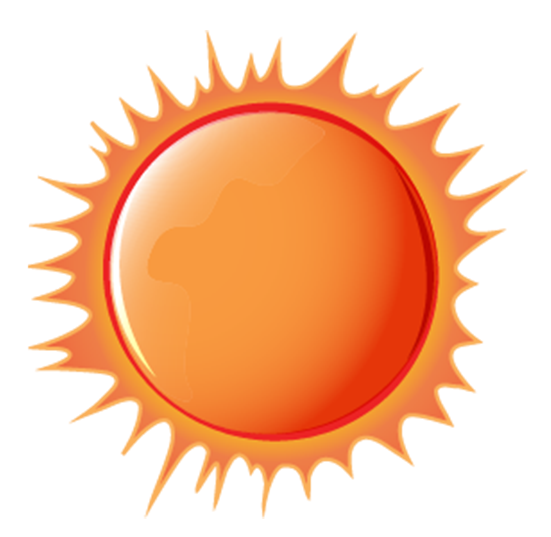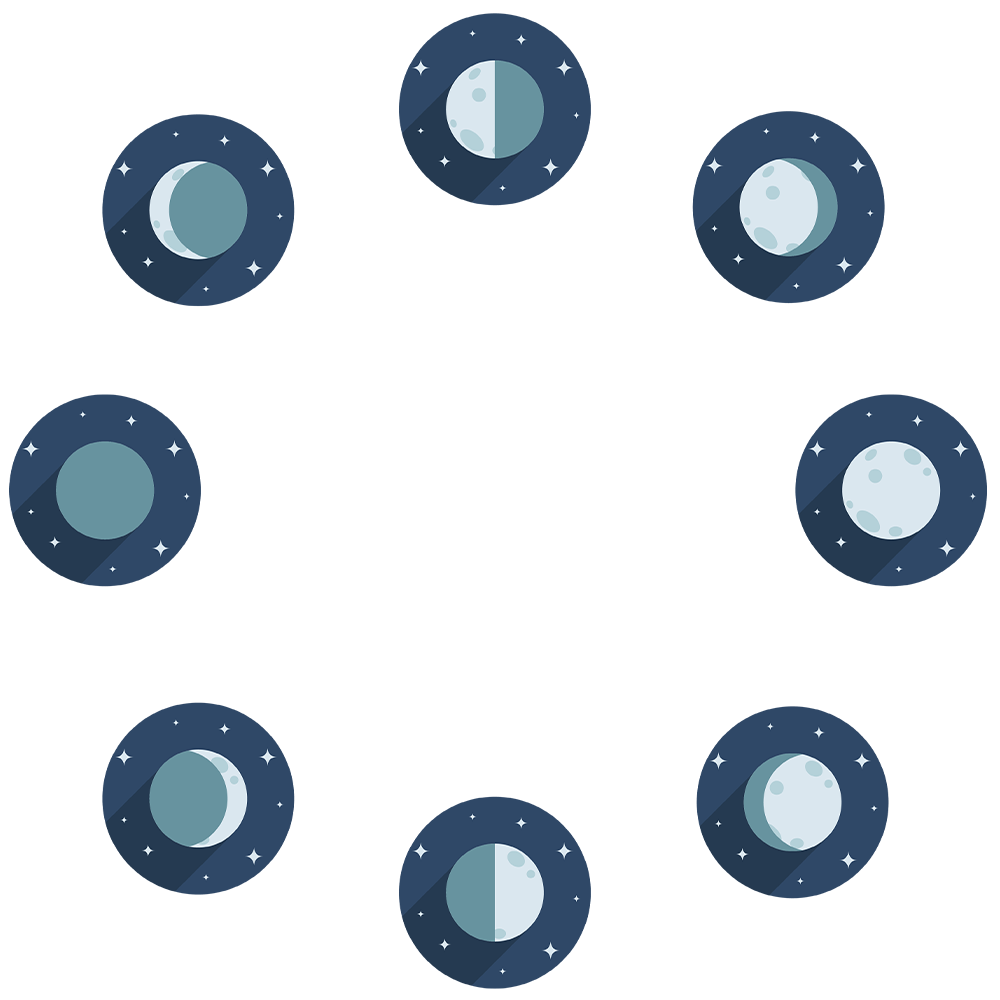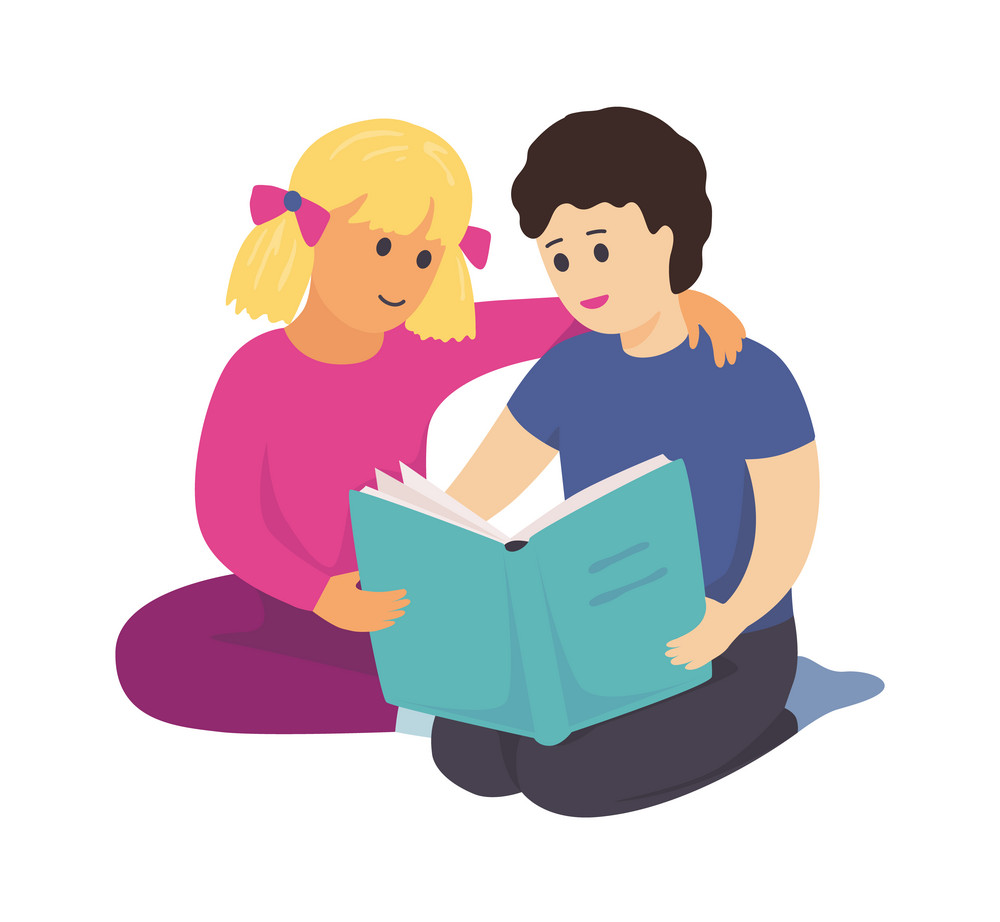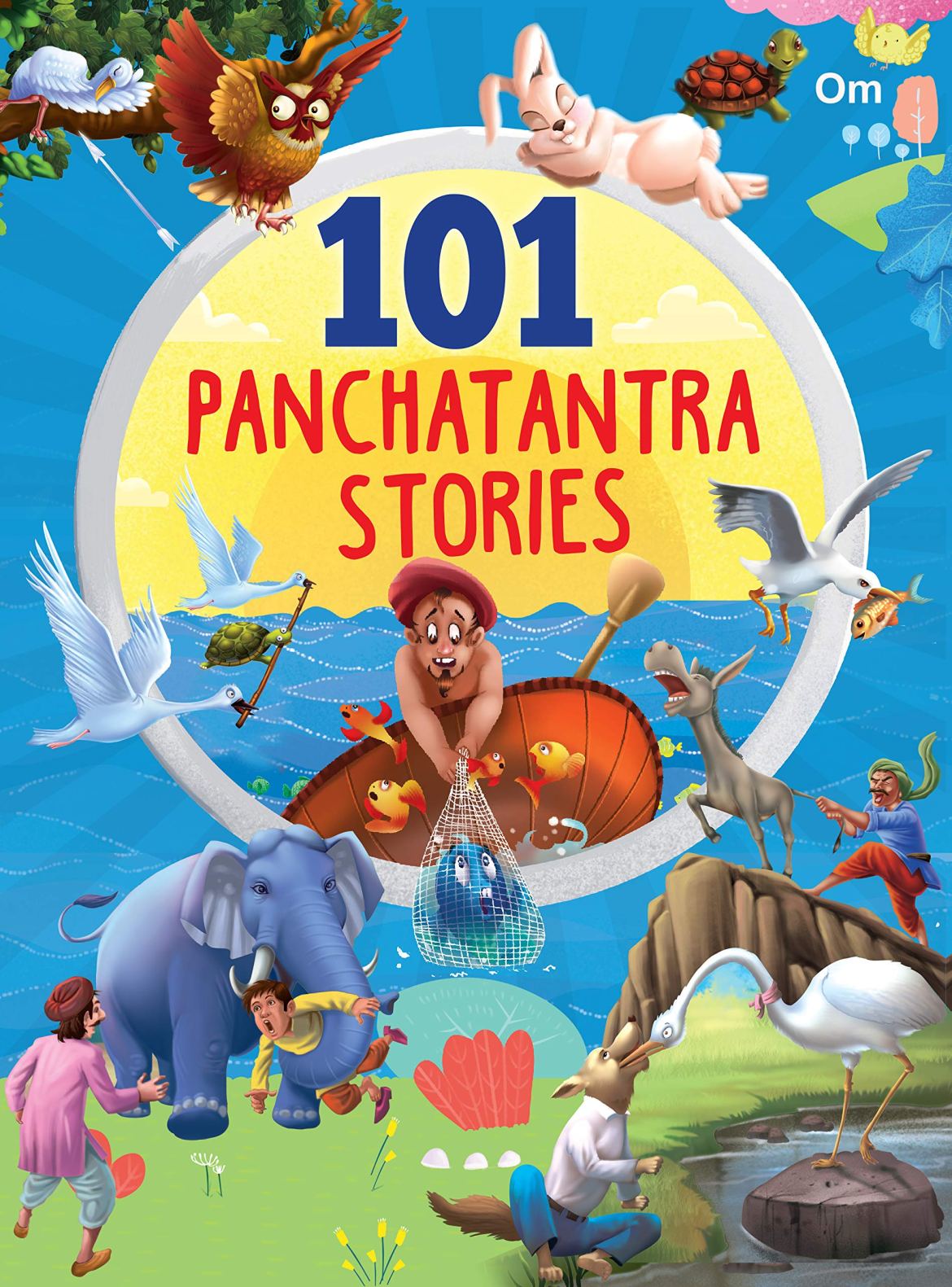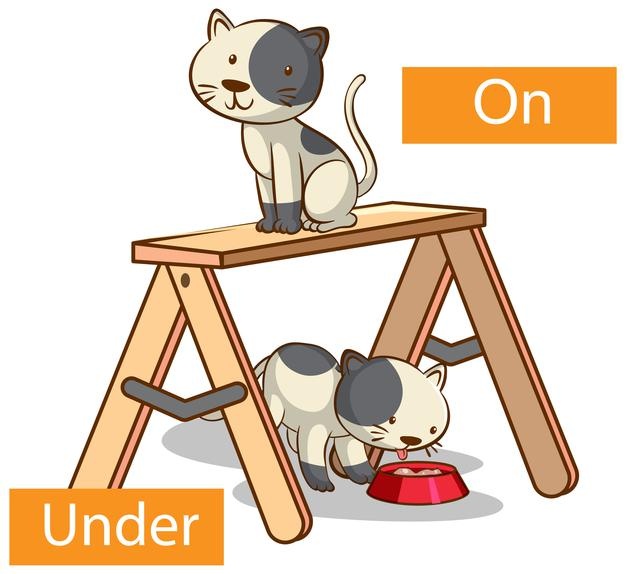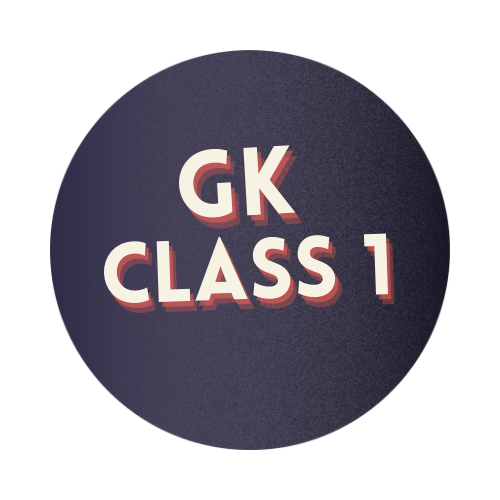EVS Worksheet : Solar System For Grade 3 Students
Solar system
The Solar System is the gravitationally bound system of the Sun and the objects that orbits around it, either directly or indirectly. Of the objects that orbit the Sun directly, the largest are the eight planets, with the remainder being smaller objects, the tiny planets and small Solar System bodies. Of the objects that orbit the Sun indirectly there are the natural satellites, the two are larger than the smallest planet, Mercury, and one more almost equals it in size.
Phases Of The Moon
In general, we see 8 major moon phases . Which in order are New moon, Waxing Crescent, First Quarter, Waxing Gibbous, Full moon, Waning Gibbous, Last Quarter, and finally Waning Crescent.
Sometimes, its shape is full, half, or just a sliver line over the sky . The sun always lights up half of the moon’s face and the other half of it is in complete darkness. The moonlight we see is just the reflected sunlight. The moon has phases, the wanes, waxes, and sometimes we can’t even see the moon during its phases.
New Moon
This is the beginning portion of the moon’s phases. A new moon happens when the moon is located in between the sun and the Earth. We typically cannot see the moon since the dark side of the moon is facing the Earth.
In other words, the sun isn’t shining on the moon's surface from Earth’s perspective. That’s what makes it so hard for us to see a new moon.
New moons generally create a solar eclipse where the moon blocks the sun’s rays and creates a shadow on parts of the Earth.
Waxing Crescent
During the Waxing Crescent phase, the moon travels towards east in the sky. The waxing crescent phase of the moon begins once we can see a tiny sliver shine of the moon after a new moon. There are times when you might be able to see the rest of the moon as well, even if it is dark because of a phenomenon called “earthshine” in which the Earth reflects the sunlight on the moon’s surface . Because the moon orbits the Earth, it moves a bit to the east after a couple of days.
First Quarter
The next phase is the first quarter. This phase happens when you can see half of the moon that is illuminated. The name “first quarter” comes from the fact that till this stage the lunar cycle is ¼ of the way completed. Not everyone will see the same halves of the moon lit up during this phase, primarily because it depends on your location and angle of your sight.
Waxing Gibbous Moon
This phase essentially covers the time between the first quarter phase and the full moon phase. The words waxing gibbous describe what the phase is pretty well. Waxing means growing larger, and the word gibbous refers to the shape, so waxing gibbous essentially means “growing shape”. The moon will get more and more illuminated until the moon is fully illuminated, which starts the next phase..
Full moon
As you probably already know, a full moon is when the entire moon is fully illuminated from the perspective of the Earth’s face . Full moons occur when the sun and moon are completely on opposite sides of Earth. Technically the moon is only 100% illuminated by the sun only for a few moments, but this phase also covers when the moon looks full but isn’t.
When the moon is at its closest point to the Earth in its orbit it is called the super moon , and at its farthest point, it is called a micro-moon. Another cool thing that occasionally happens during a full moon is when the moon passes through our Earth’s shadow, called a lunar eclipse. During a lunar eclipse, the moon will be a reddish colour .
Waning Gibbous Moon
Like we covered above, the cycle through the first 4 phases of the moon. Instead this time, it will be in reverse order. waxing means increasing and waning means decreasing. So, the waning gibbous moon means that the moon’s shape is decreasing. The waning gibbous phase lasts till the moon is half illuminated.
Third Quarter Moon
This phase is basically the exact opposite of what we see in the first quarter moon. This is when the moon is halfway lit up in the sky, and it also signals when the lunar phase is ¾ of the way completed.
Waning Crescent Moon
This is the final stage of our lunar cycle. This phase starts when the sun illuminates less than half of the moon and continues on until the New Moon phase begins . During this phase, we can also see the effect of “Earthshine”, just like we can see during the new moon phase.
When the moon has completed its full 360° orbit around the Earth, we are back to the first phase.
The new moon phase marks the starting point of a brand-new cycle of the moon.
Instructions to solve the worksheet
Given below are pictures of different phases of the moon orbiting around the earth for your child to learn and fill in the blank spaces using the hints given in the suggestion box.
Importance of Environmental Education for kids
- EVS helps children to develop their own insights into the functioning of several things or understanding human processes in their environment. Such interactions with their surrounding environment are immensely important for the healthy development of children.
- Not only does environmental education offer opportunities for experiential learning outside of the classroom, it enables students to make connections and apply their learning in the real world.
- EVS helps learners see the interconnectedness of social, ecological, economic, cultural, and political issues.
- By providing environmental education to students they will engage problem-solving techniques of the outer world to their subjects to understand a particular problem by implying outdoor environmental solutions.
- Environmental Education gives students a new meaning of exploring mother nature to see and resolve the issues which are harmful to the environment and this will also help them in maintaining their own health by doing physical work so that their bodies will be immune from some serious health issues such as short-sightedness, obesity and in some cases even lack concentrations
- The one major issue which we need to deal with is pollution and if we don’t educate our kids about the hazardous effects of environmental damage there will be no future in the world.




















